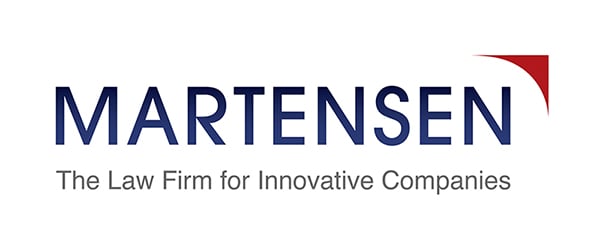Basic Must-Do Tips For Protecting SBIR Intellectual Property
Every small business should be aware of the Small Business Innovative Research (SBIR) program of the Small Business Administration (SBA). Each year, various government agencies provide research grants for projects to solve technical problems facing that agency. Did you catch the word grant? Unlike a contract, an SBIR grant lets the business retain all of the SBIR intellectual property (patents, copyrights, trade secrets, trademarks, data) developed under the funding from the relative federal agency. And–in many cases–states will match the federal spending. Does that sound too good to be true? Nothing is free, right?
In this case, it is almost free; the funds are undiluted capital. Despite the government agencies granting a company funds to conduct research on their behalf, they do not seek equity or ROI. They simply want to use the technology your small business develops. And, initially the “technology” can simply be a report confirming that it works.
SBIR and STTR Programs: Crafting Your IP Strategy
While the SBIR and STTR programs ( STTR is an SBIR cousin) are great opportunities, the protection of the intellectual property developed under these grants requires forethought and careful execution. Indeed, the steps to protect intellectual property developed under a government grant do not begin after the grant has been awarded, but before the proposal is even submitted.
An SBIR intellectual property protection strategy is crafted through a careful, methodical combination of patents, copyrights, trade secrets and trademarks. While having the rights to such protection is one thing, how to pull together an effective and valuable protection approach is another.
For example, how is the deliverable in the federally funded project (contract) defined? Does it make sense to combine government SBIR funding with internal research and development funds to modify the government’s ultimate rights? Are portions of the solution segregable giving the developer of those products flexibility as to how the IP rights on each portion are assigned? The rules and reporting requirements under government grants and contracts are complex but how to apply those rules to achieve and maintain a competitive advantage, not only in dealing with the government but in the commercial sector as well, is a challenge.
SBIR Funding: How to Protect Your IP Rights
While not an exhaustive list, there are some basic SBR intellectual property must-do tips:
- Be proactive. The government will not act to protect or commercialize your federally funded intellectual property. Government regulations are written to protect the government’s interests not the interests of the small business.
- Do not divulge details about IP, including in the grant application, unless you have in place IP rights safeguards such as copyrights, patent applications, non-disclosure agreements, etc. Details with respect to awarded applications can be released to the public.
- Figure out your business strategy first. Gaining a grant is a great first step but only if it is aligned with your overall strategy. Don’t put the cart before the horse. Know the rules and have a plan before you innovate.
- Develop a team, not just a product. Investors prefer great teams that have a promising technology, not promising teams with great technology. And while you may get a grant, private investors will likely be the lifeblood of the company.
- Have a commercialization strategy. The SBIR and STTR programs are about developing technology that can be commercialized. Successful commercialization requires a competitive advantage and a competitive advantage is grounded in a sound intellectual property strategy.
The intellectual property professionals at Martensen are not only experts with respect to all forms of IP rights, we understand how the landscape of government regulations and federally funded projects alters the steps necessary to ultimately achieve the protection needed for your sustained success.



